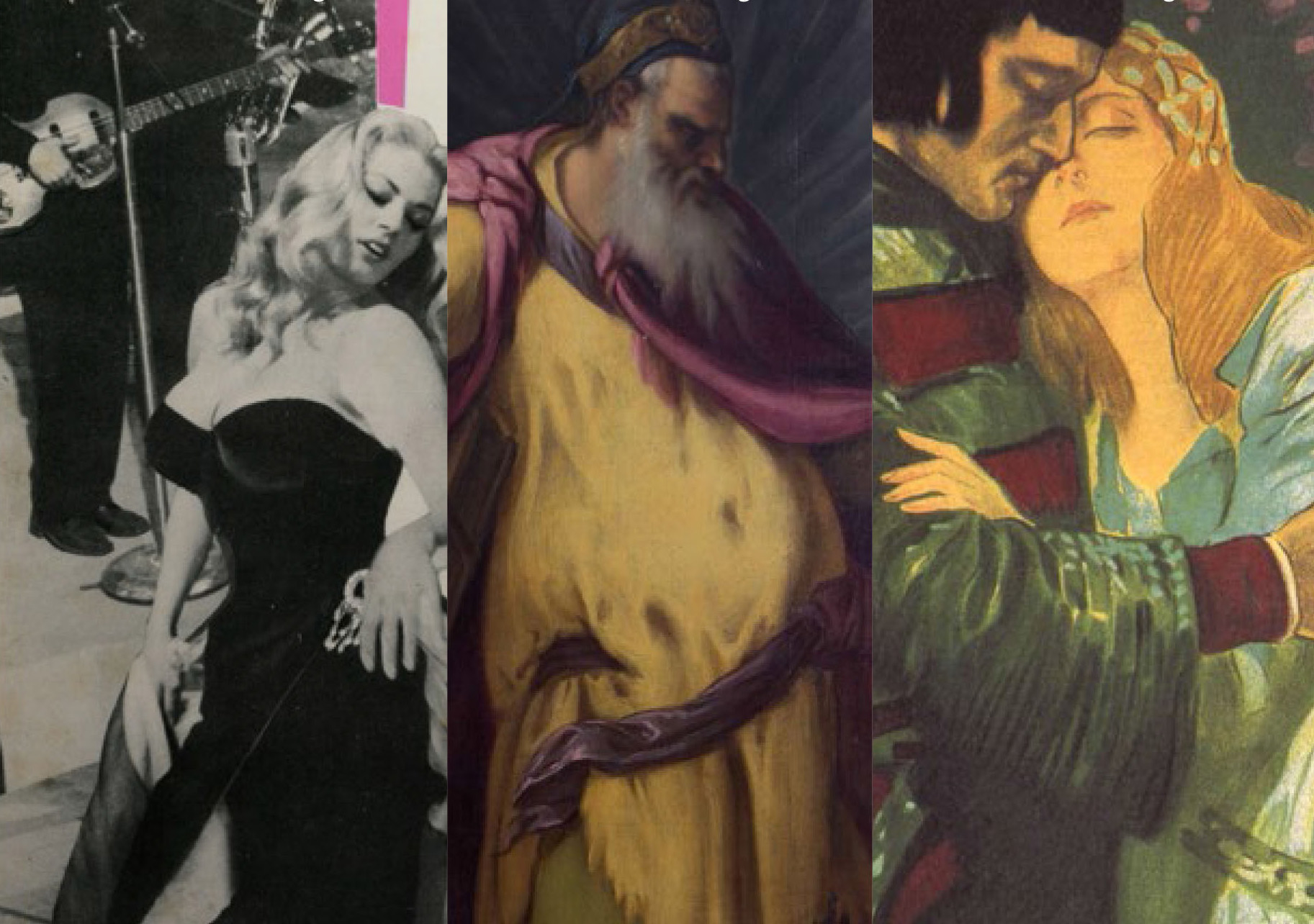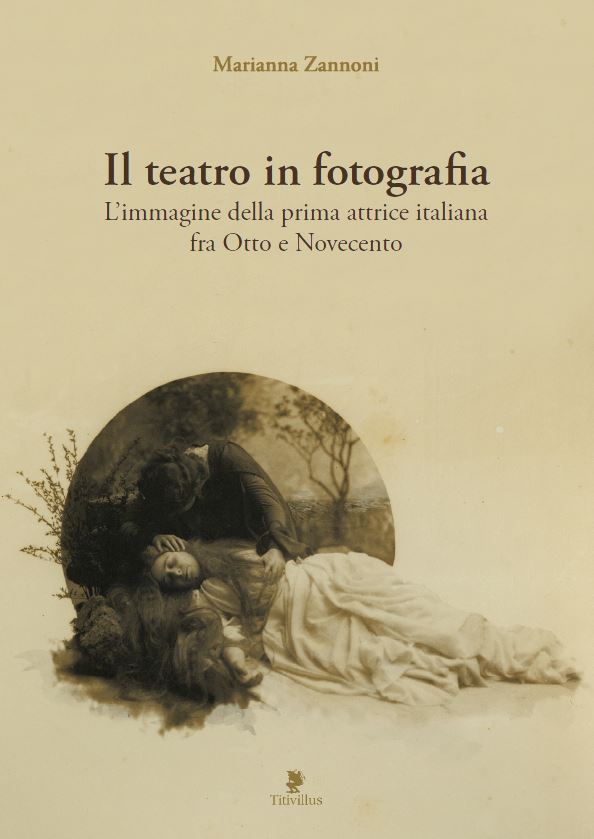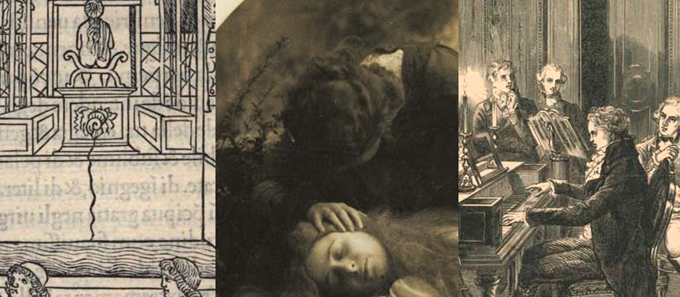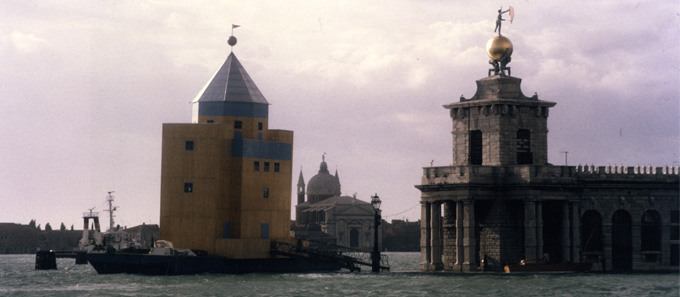
This book brings together the proceedings from the international conference entitled “Shakespeare in Opera. Rewritings and Productions of Romeo and Juliet and The Merchant
of Venice” held at the Fondazione Giorgio Cini on 23-24 April 2018. The conference thus focused on operatic versions of the two Shakespearean plays. Musicologists, drama historians and playwrights analysed the contexts of musical productions based on the two texts, which have inspired librettists and composers from the early 17th century to the present day. During the conference, an abridged version of Shakespeare’s Merchant of Venice was put on by the cultural production company Tournée da Bar. The conference is another stage in the three-year project Shakespeare in and beyond the Ghetto: Staging Europe across Cultures (2016-2018), selected by the European Commission in a 2016 call for proposals for Creative Europe Culture Cooperation
Projects. This book brings together the papers on the operatic versions of Romeo and Juliet, whereas those concerning The Merchant of Venice will be published in a second volume to be
produced also as part of the European project.


8, 22 AND 29 NOVEMBER 2018
VENICE, ISLAND OF SAN GIORGIO MAGGIORE
Books at San Giorgio, a series of meetings presenting the latest publications concerning or
published by the Fondazione Cini, will resume this autumn.
The featured book on the first date, 8 November, is Giada Viviani’s Nino Rota: La dolce
vita. Sources of the Creative Process, the first volume in “The Composer’s Workshop”, a series
edited by Gianmario Borio. The book reconstructs the most significant phases of the composition
process of the music written by Nino Rota for Federico Fellini’s film La dolce vita, as well
as describing the close relationship between the two artists. The launch will end with a concert
by the flautist Federica Lotti.
The second meeting, on 22 November, will focus on the book Andrea Schiavone. Pittura incisione
disegno nella Venezia del Cinquecento edited by Chiara Callegari and Vincenzo Mancini. This
work brings together papers discussed during the international conference on Andrea Schiavone
and 16th-century Venetian art, held in spring 2016 at the Fondazione Giorgio Cini and in the
monumental rooms of the Biblioteca Nazionale Marciana. Scholars and experts have brought
to light unpublished aspects of the production of the great master from Dalmatia and explored
his intellectual and artistic complexity from the point of view of a critical profile, as well as his
unique role as a catalyst on the complex artistic scene at the height of the Cinquecento.
Lastly, the launch on 29 November features Shakespeare all’Opera. Riscritture e allestimenti di
“Romeo e Giulietta” edited by Maria Ida Biggi and Michele Girardi. The book contains the collected
proceedings of the international conference on productions of Romeo and Juliet, held at
the Fondazione Giorgio Cini in April 2018. Musicologists, historians of theatre and playwrights
analysed the contexts for the musical productions of Shakespeare’s play, which has inspired
librettists and composers from the early 17th century to the present day.

4 OCTOBER – 19 NOVEMBER 2018
VENICE, PALAZZO CINI GALLERY
The exhibition explores the career of the renowned Russian artist and
set and costume designer, who made a reputation thanks to his innovative
creations for Sergei Diaghilev’s celebrated ballet company. The
result of a joint project by the Cini Institute of Theatre and Opera and
the St. Petersburg State Museum of Theatre and Music, which has the
largest collection in the world of Bakst’s set and costume designs, the
exhibition is being staged in collaboration with the Centre for Studies
on the Arts of Russia (CSAR) at Ca’ Foscari University, Venice and is
part of the “Russian Season in Italy”, organised by the Russian Ministry
of Culture. The exhibition itinerary documents a large part of Bakst’s
artistic production: after some little-known early works for productions
such as Marius Petipa’s Le Coeur de la Marquise (1902) and some Greek
tragedies (Euripides’ Hippolyte and Sophocles’ Oedipus at Colonna and
Antigone; 1902-1904), the heart of the exhibition features the celebrated
creations for the Ballets Russes, including those for Cléopâtre (1909),
L’oiseau de feu (1910), Carnaval (1910), Narcisse (1911), Le Dieu bleu
(1912), and Daphnis et Chloé (1912). In addition to these materials,
there is a selection of costume designs mainly created between 1910 and 1911 for ballets such as
Thaïs, La Traviata, Faust, Martyre de St. Sébastien and Manon Lescaut. The exhibition is completed
by a rich series of photographs and original costumes, a fundamental aid in reconstructing the
much-acclaimed artist’s multifaceted activities. Léon Bakst (1866-1924) was educated in St.
Petersburg and Paris. With Sergei Diaghilev and Alexandre Benois, he founded Mir iskusstva,
the magazine in which he published his first graphic art works. In 1902, he began working as a
set and costume designer for the St. Petersburg imperial theatres. Albeit with rifts and reconciliations,
his collaboration with the Ballets Russes lasted from 1909 almost throughout his career

In collaboration with the University of Padua, the Institute of Theatre and Opera is hosting a lecture entitled “Edward Gordon Craig and the ‘Drama for Fools’”, to be given by Professor Didier Plassard.
The lecture will deal with Edward Gordon Craig’s series of puppet plays called “Drama for Fools”. Written by the English director and playwright during the First World War, this unusually large project consisted of a total of 365 playlets. Having been left incomplete, the series was recently published in a bilingual book (Edward Gordon Craig, Drama for Fools / Théâtre des fous, edited by Didier Plassard with Marion Chénetier-Alev and Marc Duvillier, IIM / L’Entretemps, 2012). Illustrated by some beautiful drawings, this masterpiece of comedy reveals a previously little-known penchant for humour or even farce in the father of contemporary stage direction. Didier Plassard is a professor of theatre studies at the Paul Valéry University-Montpellier 3. A modern and contemporary theatre scholar, he specializes in puppetry and new technologies applied to the contemporary stage.
From 8 to 10 May 2017, in collaboration with Ca’ Foscari University and as part of the “Theatre, Research and Innovation project. The digital scene”, funded by the Veneto Region, the Institute of Theatre and Opera is holding a workshop with the Venetian company See-d on the relationship between performers and their digital alter ego: an anthropomorphic avatar created and animated through a motion capture system. The experts involved are from international companies operating in the field of digital animation and artificial intelligence. They will work with a Commedia dell’arte actor and a contemporary dancer in order to map the movements and create animated digital avatars, which will move to a sound base generated by the performers’ movements. The project also aims to create a database to preserve, through a digital 3D transposition, the essence of intangible assets, such as drama, dance and the performing arts, all ephemeral by definition and nature. At the end of the workshop there will be a public demonstration.

On 23-24 April 2018, as part of the European project entitled Shakespeare in and beyond the Ghetto: Staging Europe across Cultures, the Institute of Theatre and Opera has organised an international conference entitled “Shakespeare in Opera. Rewritings and Productions of Romeo and Juliet and The Merchant of Venice”. The conference thus sets out to explore operatic versions of the two Shakespearean plays. Musicologists, drama historians and playwrights will analyse the contexts in which the musical productions of Shakespeare’s play developed. In fact, from the early 17th century to the present day, they have inspired librettists and composers.
During the conference, an abridged version of Shakespeare’s Merchant of Venice will be staged. Adapted and performed by Davide Lorenzo Palla, the play will be directed by Riccardo Mallus, with a musical accompaniment composed and played by Tiziano Cannas Aghedu. Entitled Studio sul Mercante di Venezia, the work tells the story of one of the most famous characters in the history of theatre: the Jew Shylock who, from a potential torturer, becomes his own victim, ridiculed by justice. This production is the result of long preparatory work with Tournée da Bar, a young cultural enterprise that has successfully taken Shakespearean classics to unconventional venues throughout Italy.
The international conference is another stage in the three-year project Shakespeare in and beyond the Ghetto: Staging Europe across Cultures (2016-2018), chosen by the European Commission in a 2016 call for proposals for Creative Europe Culture Cooperation Projects. In addition to Ca’ Foscari University, Venice, and the Fondazione Giorgio Cini, the international partners supporting the project include Warwick University and Queen Mary University of London (United Kingdom), Ludwig-Maximilians-Universität, Munich (Germany) and the Teatrul Municipal Tony Bulandra Targoviste (Romania).


Il teatro in fotografia. L’immagine della prima attrice italiana fra Otto e Novecento
Edited by Marianna Zannoni
Titivillus, Corazzano (PI), 2018
In the years at the turn of the 19th and 20th centuries, the so-called Belle Époque, there were great changes in every sphere of society and culture. On the artistic front, crossovers between the world of theatre and photography eventually led to a revolution in how the contemporary scene was observed and then retold. While in the 19th century many traces of the theatrical world found their way into contemporary photographic practice, a few years later the advent of the photographic industry was to lead to many signi�cant changes in the world of theatre. The gradual rise of the female �gure as protagonist on stage but also in the management of her career emerges in an icastic way in photographs taken both in and out of theatres. By examining the artistic biographies of three celebrated leading ladies of Italian theatre (Adelaide Ristori, Eleonora Duse and Tina Di Lorenzo), this book seeks to understand the evolution in how actresses were portrayed in a system popularising images and creating myths that were capable of in�uencing social customs.

The Fondazione Giorgio Cini Institute of the �eatre and Opera is playing a leading role in the celebrations to mark the centenary of the death of Arrigo Boito (1918-2018). The commemorations of the great Italian intellectual, writer and composer have already begun with the ongoing exhibition Eleonora Duse and Arrigo Boito. Installed in Eleonora Duse’s Room at the Fondazione Cini (23 November 2017- 20 December 2018), the exhibition consists of documents from the archives kept on San Giorgio. The itinerary of little-known Boito material includes the Duse-Boito correspondence, his annotated scripts of Shakespeare, translated and adapted for Duse, and materials related to the genesis of his operas, such as Nero and Mefistofele. In this way both the human and artistic aspects of the relationship between Boito and Duse are explored. Having met in 1884, they fell in love in 1887, thus marking the beginning of an intense, passionate love story documented by hundreds of letters. The love affair continued through ups and down until 1894, after which they remained lifelong friends. Boito remained an important presence in the great diva’s life even after his death, as is evidenced by the references to the writer in a large number of her autograph documents.

Books at San Giorgio, a series of meetings presenting the latest publications concerning or by
the Fondazione Cini, has now reached its thirteenth edition.
On 13 March the latest volume of Studi Veneziani (for the year 2016) will be presented. Edited by the Institute of the History of the Venetian State and Society, this journal explores the manifold aspects of over a thousand years of Venetian history.
On 20 March, the featured book is Il teatro in fotografia. L’immagine della prima attrice italiana fra Otto e Novecento by Marianna Zannoni. This study of leading ladies in Italian theatre at the turn of the 20th century focuses on great divas (Adelaide Ristori, Eleonora Duse and Tina Di Lorenzo) and the way that they were portrayed in a system popularising images and creating myths capable of influencing social customs.
The series will end on 23 March with two books produced by the Institute of Music: Musical Improvisation and Open Forms in the Age of Beethoven edited by Gianmario Borio and Angela Carone, and Studies in Historical Improvisation. From Cantare super Librum to Partimenti edited by Massimiliano Guido. The first book explores the central role of improvisation in both public occasions and the private lives of many artists from the late 18th and to mid-19th century, while the second book deals with the study of improvisation as theorised and practiced from the 16th to the 20th century.

Meeting. “Shakespeare’s Sea”
5 December 2017, 6 pm
Venice, Aula Magna, Ateneo Veneto
As part of the activities related to the acquisition of Maurizio Scaparro’s archive, which arrived on San Giorgio in February 2017 at the behest of the stage and film director himself, the Institute of Theatre and Opera has organised a meeting entitled Shakespeare’s Sea. In this journey into the bard’s works involving scholars and artists, the aim is to explore the fascination that the Mediterranean has always exerted on European culture and to study the relationships between the various cultures on its shores. Due to be held at 6 pm on 5 December in the Aula Magna of the Ateneo Veneto, the meeting is the third stage in the Mediterri-Amo project. Having previously visited Rome and Florence, the project now comes to Venice. These culturally lively Italian cities have witnessed key moments in Maurizio Scaparro’s career. A window on the Mediterranean’s many worlds, the project charts a journey made up of images, sounds and words, under the guidance of this leading figure in Italian theatre.
The speakers at the meeting are Carmelo Alberti, Shaul Bassi, Maria Ida Biggi, Emilia Costantini, Pino Micol and Maurizio Scaparro.
In accordance with Maurizio Scaparro, through this event, the Institute continues its activity of preserving and making good use of his archive materials, also by sharing them with the general public.









